The Extraordinary Papple: A Delicious Pear-Apple Hybrid
Discover the unique Papple pear: a remarkable fruit combining the best qualities of apples and pears
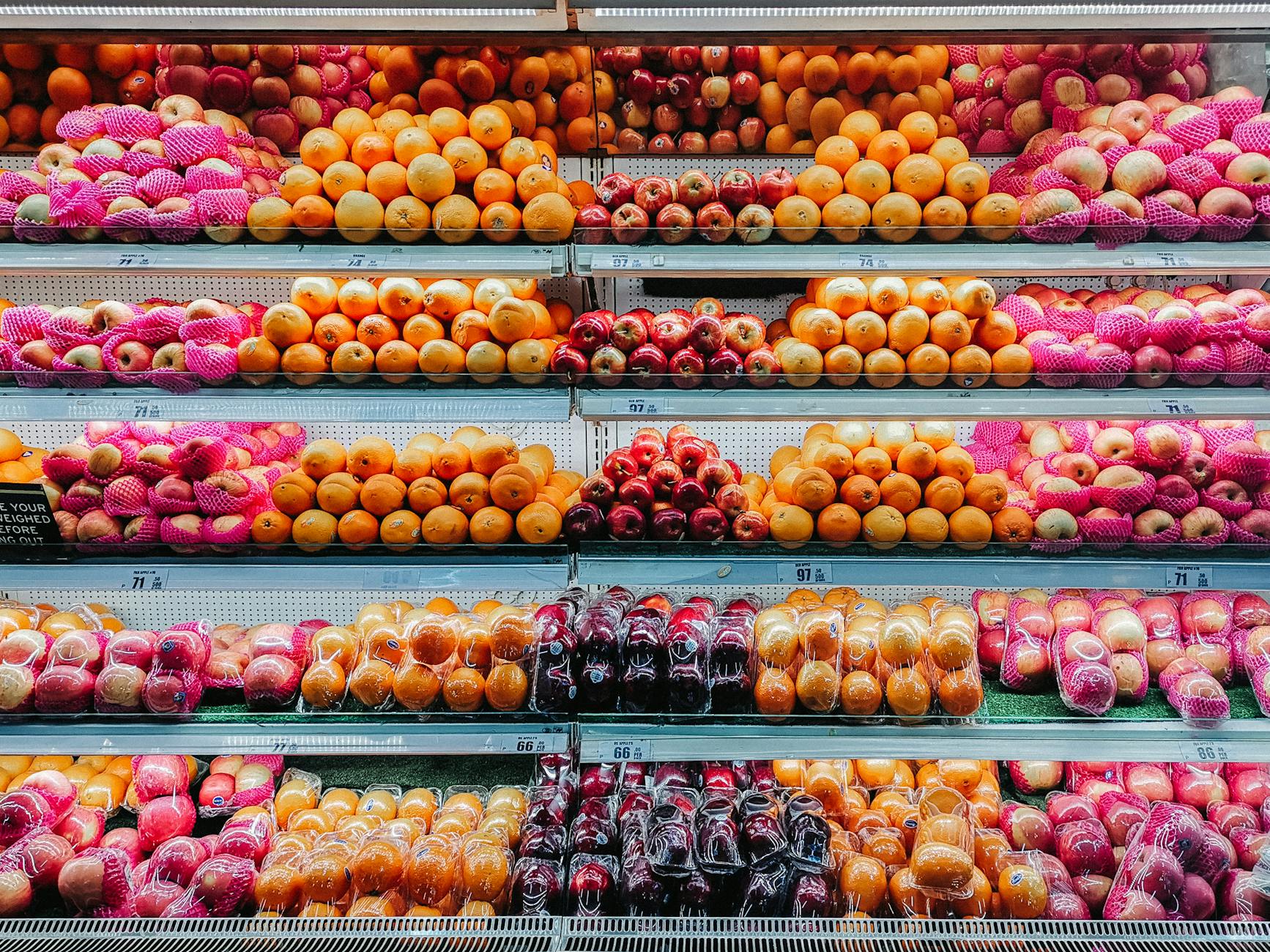
Introducing the Extraordinary Papple
In the world of specialty fruits, few creations have sparked as much curiosity and delight as the Papple. Despite its apple-like appearance, this unique fruit isn’t an apple at all—it’s actually an innovative hybrid pear with a fascinating origin story and exceptional qualities that make it stand out in the produce aisle. The Papple represents the perfect marriage between European pears (Pyrus communis) and Asian pears (Pyrus pyrifolia), bringing together the best characteristics of both varieties into one remarkable fruit.
Originally developed by the Plant and Food Research Station in New Zealand, this hybrid was created to combine appealing visual novelty with excellent storage capabilities. Initially labeled as T109 and Prem109 during development, the fruit earned its catchy “Papple” nickname due to its apple-like appearance paired with distinct pear flavors. In some markets, particularly in Singapore, you might find it sold under the name “Sunshine pear,” a nod to its vibrant coloration when fully ripe.
Appearance and Characteristics
The Papple presents an immediately intriguing appearance that often causes double-takes among shoppers encountering it for the first time. These fruits are small to medium in size, featuring a distinctive round to conical shape that closely resembles an apple, complete with a short brown stem. What truly sets them apart visually is their skin coloration and transformation as they ripen.
When immature, Papples display a smooth green skin. As they ripen, this transforms into a mottled, almost iridescent orange-red hue, creating a striking appearance that stands out in any fruit bowl. The skin is notably marked with prominent lenticels (small breathing pores) and yellow patches that add to its unique visual appeal. This color transformation serves as a natural indicator of ripeness, making it easy for consumers to identify when the fruit is at its peak flavor.
Texture and Flavor Profile
Cutting into a Papple reveals a cream-colored to ivory flesh that offers several distinctive characteristics. The flesh is remarkably firm, crisp, and dense—much like an Asian pear—while maintaining exceptional juiciness. At its core, you’ll find a very small central chamber containing tiny black-brown seeds, maximizing the amount of edible flesh in each fruit.
The flavor profile is where the Papple truly shines. When perfectly ripe, it delivers a harmonious blend of sweetness with subtle floral notes and an enchanting aroma. The eating experience combines the satisfying crunch of an apple with the distinctive sweet flavor palette associated with pears. This unique texture-flavor combination makes the Papple particularly appealing to those who enjoy crisp fruits but find traditional European pears too soft when ripe.
Seasonal Availability
Understanding the seasonal availability of Papples requires thinking about hemispheric growing patterns. Since they were developed in New Zealand in the southern hemisphere, their natural growing season there runs from late spring through summer. For consumers in the northern hemisphere, this translates to availability primarily during fall and winter months.
This complementary growing season has made Papples particularly valuable in global fruit markets, as they provide a unique offering during periods when local fruit varieties might be limited. Their excellent storage capability—one of the key characteristics they were bred for—means they can maintain quality during shipping and distribution across international markets.
Cultivation and Growing Requirements
Growing Papple pears requires understanding the specific needs of this hybrid variety. Like their parent species, they thrive in temperate climates with distinct seasons. The trees benefit from full sun exposure, requiring at least 6-8 hours of direct sunlight daily to produce optimal fruit quality and quantity.
Soil requirements include well-draining, moderately fertile soil with a slightly acidic to neutral pH. While established trees show good drought tolerance, consistent moisture especially during fruit development ensures larger, juicier Papples. Commercial growers often implement drip irrigation systems to provide controlled water delivery directly to the root zone.
Papple trees typically begin bearing fruit within 3-5 years after planting, with production increasing as the tree matures. Proper pruning to maintain an open canopy improves air circulation, reducing disease pressure while maximizing light exposure to developing fruits.
Harvesting and Storage
Unlike traditional European pears that are typically harvested when mature but still firm and then allowed to soften off the tree, Papples are harvested when they’ve developed their characteristic coloration but remain firm. This approach maximizes their distinctive crisp texture while ensuring optimal flavor development.
One of the Papple’s most valuable commercial attributes is its exceptional storage capacity. Under proper refrigerated conditions (32-36°F with high humidity), these fruits can maintain quality for significantly longer periods than many other pear varieties. For home storage, Papples keep well in the refrigerator crisper drawer, where they’ll maintain their crunch and flavor for several weeks.
Unlike traditional European pears that require ripening at room temperature after purchase, Papples are ready to eat immediately—a convenience factor that many consumers appreciate. There’s no waiting period or guesswork about perfect ripeness; they’re designed to be enjoyed at their crisp, juicy best straight from the refrigerator.
Culinary Uses and Versatility
The Papple’s unique combination of crisp texture and sweet flavor makes it exceptionally versatile in the kitchen. While many enthusiasts prefer enjoying them fresh as a snack or dessert fruit, their culinary applications extend much further.
Their firm texture means they hold up exceptionally well in cooking applications where maintaining shape is important. They make excellent additions to fruit tarts and pies, retaining both structure and distinct flavor even after baking. When diced, they add wonderful crunch and sweetness to both green and fruit salads.
The Papple’s natural sweetness and juiciness make it an excellent candidate for fresh juicing, either alone or combined with other fruits and vegetables. They also pair beautifully with sharp cheeses on charcuterie boards, offering a sweet counterpoint to savory elements. For preservation enthusiasts, Papples can be transformed into delicious preserves, chutneys, and fruit butters that capture their unique flavor profile.
Nutritional Benefits
Like other members of the pear family, Papples offer several nutritional benefits that make them a healthy addition to any diet. They provide a good source of dietary fiber, particularly when consumed with the skin intact. This fiber content supports digestive health and helps maintain healthy cholesterol levels.
Papples contain various essential vitamins and minerals, including vitamin C, potassium, and copper. The vitamin C content supports immune function and acts as an antioxidant in the body, while potassium plays a vital role in maintaining proper heart rhythm and muscle function. Their natural sugars provide quick energy, making them an excellent pre- or post-workout snack option.
Market Presence and Global Distribution
Since their development in New Zealand, Papples have gradually expanded their market presence globally. Initially exported primarily to specialty markets in Asia, particularly Singapore where they gained popularity as “Sunshine pears,” they have since found their way to specialty produce sections in North America, Europe, and beyond.
Their unique appearance and flavor profile have positioned them as a premium specialty fruit, often commanding higher prices than conventional pears or apples. This premium positioning reflects both their novelty value and the specialized growing conditions required to produce high-quality Papples.
Frequently Asked Questions (FAQs)
Q: Are Papples genetically modified?
A: No, Papples are not genetically modified organisms (GMOs). They were developed through traditional cross-breeding techniques between European and Asian pear varieties, a process that has been used in agriculture for centuries to create new fruit varieties.
Q: How do I know when a Papple is ripe and ready to eat?
A: Unlike traditional European pears, Papples are ready to eat when purchased and do not need additional ripening time. They should display their characteristic orange-red coloration and feel firm to the touch. They don’t soften like conventional pears and are meant to be enjoyed while crisp.
Q: Can I grow Papple trees at home?
A: While technically possible, Papple trees may be difficult for home gardeners to source as they’re primarily grown commercially under license. If you’re interested in growing similar fruits, consider Asian pear varieties which offer comparable crisp texture and are more readily available to home gardeners.
Q: How long do Papples stay fresh after purchase?
A: When stored properly in the refrigerator crisper drawer, Papples can maintain their quality for 2-3 weeks or even longer. Their excellent storage capability was one of the key characteristics they were bred for.
Q: Are Papples suitable for canning or preserving?
A: Yes, Papples can be successfully used in preserving projects. Their firm texture holds up well during cooking, making them excellent candidates for jams, preserves, and chutneys. Their natural sweetness often means less added sugar is required in recipes.
References
Read full bio of Shinta



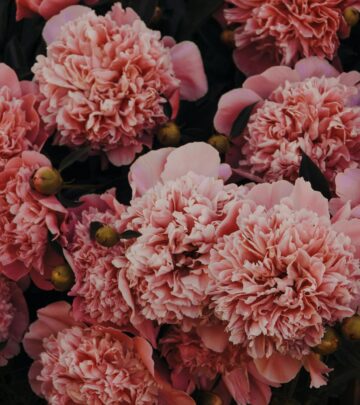

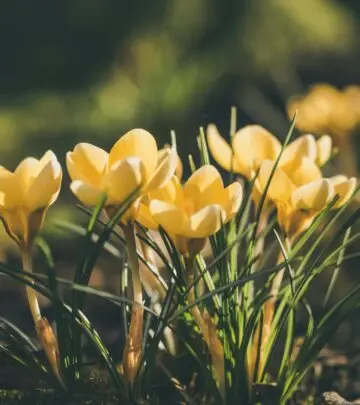

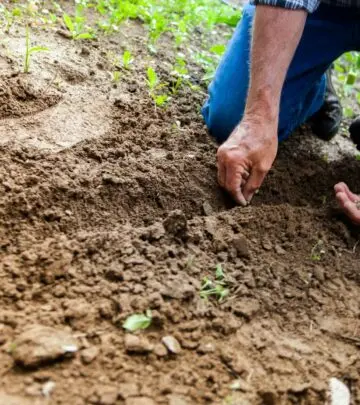
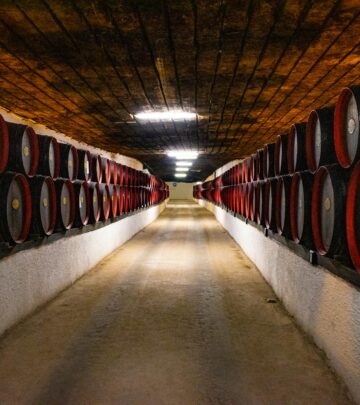
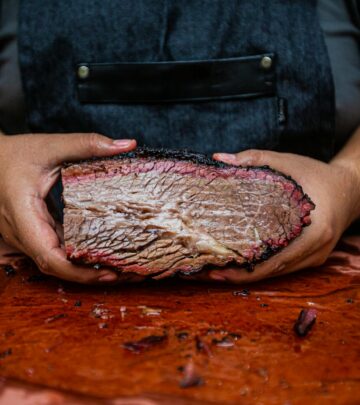


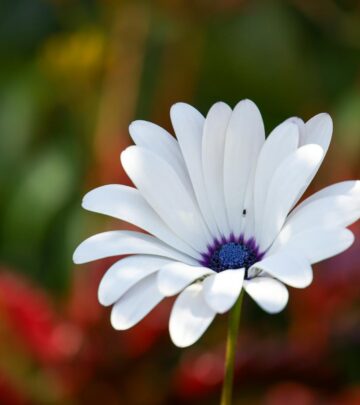

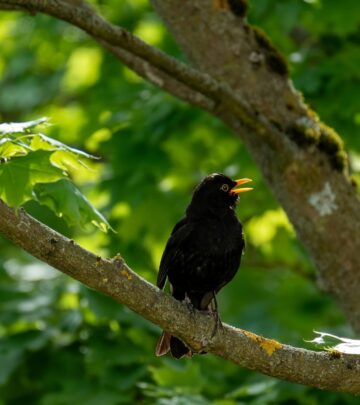

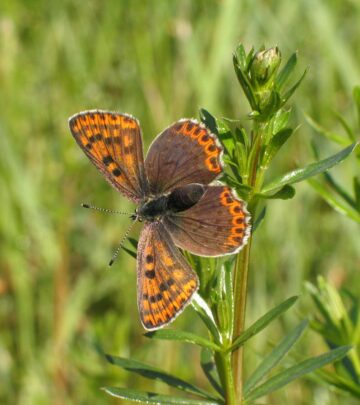


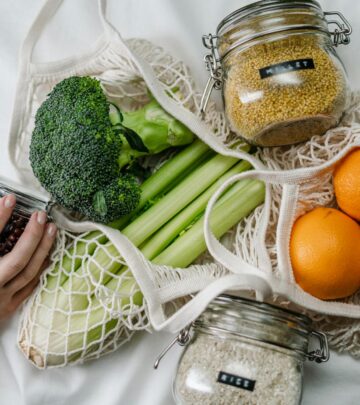
Community Experiences
Join the conversation and become a part of our empowering community! Share your stories, experiences, and insights to connect with other beauty, lifestyle, and health enthusiasts.